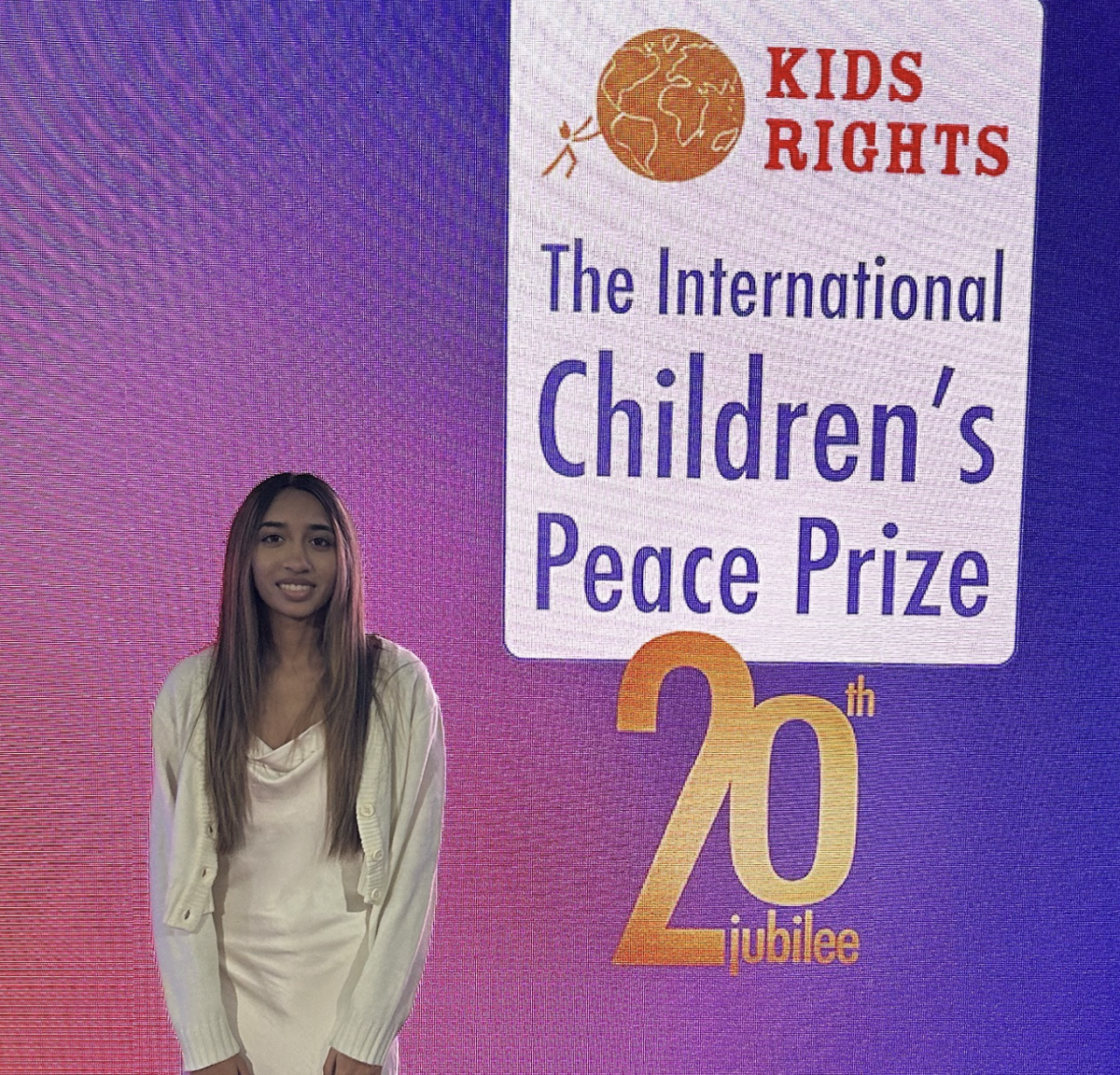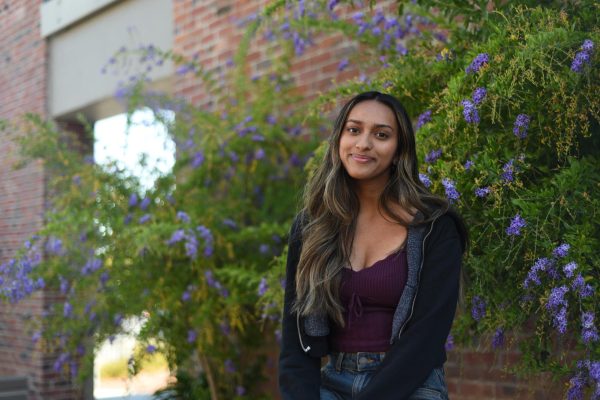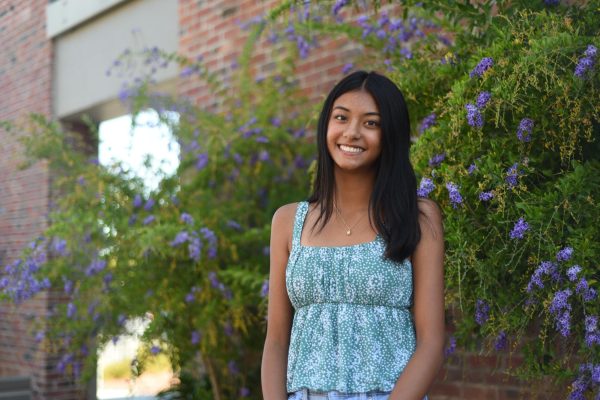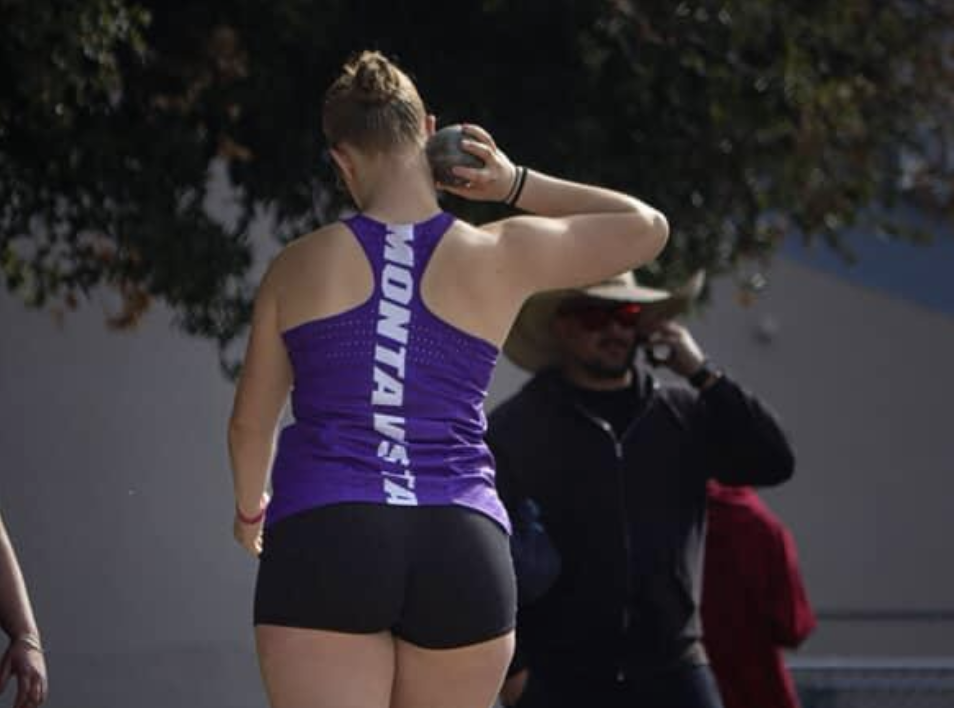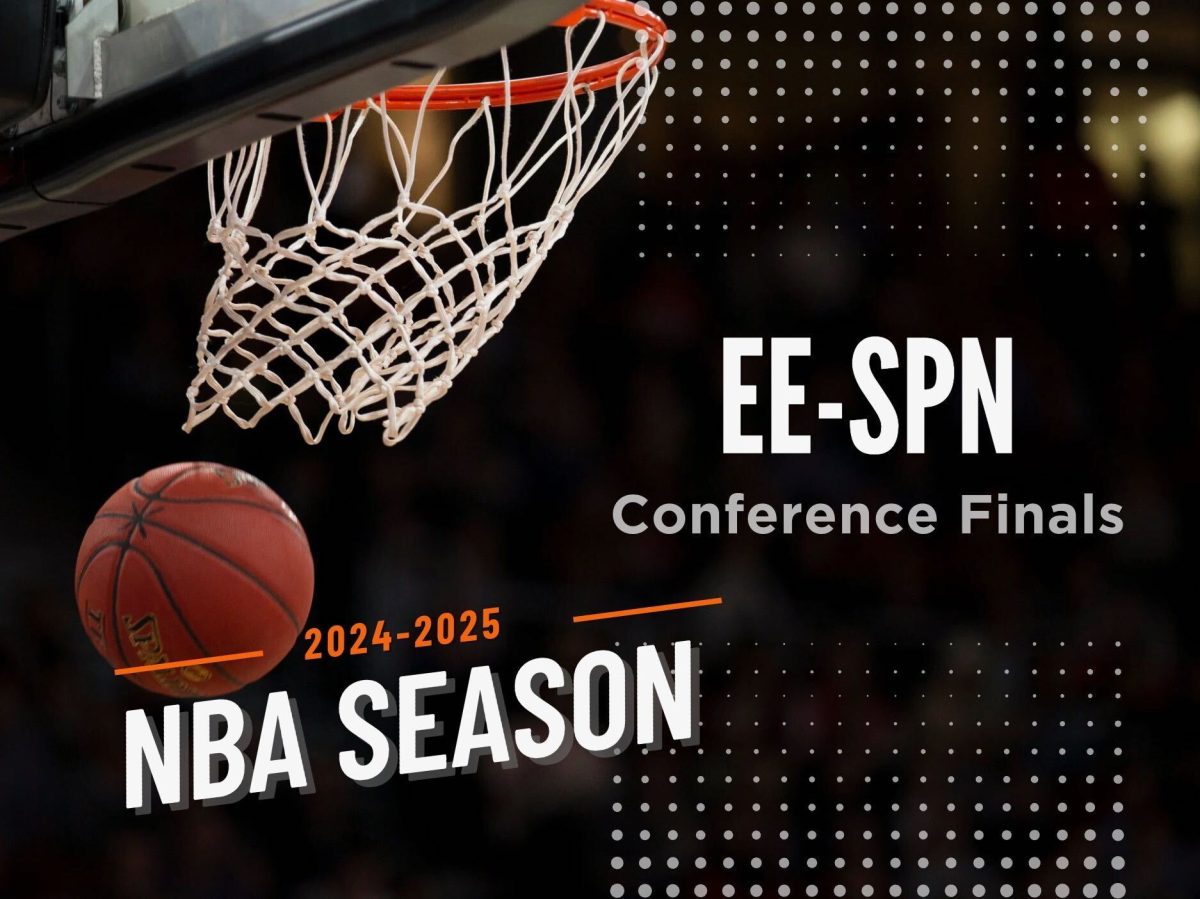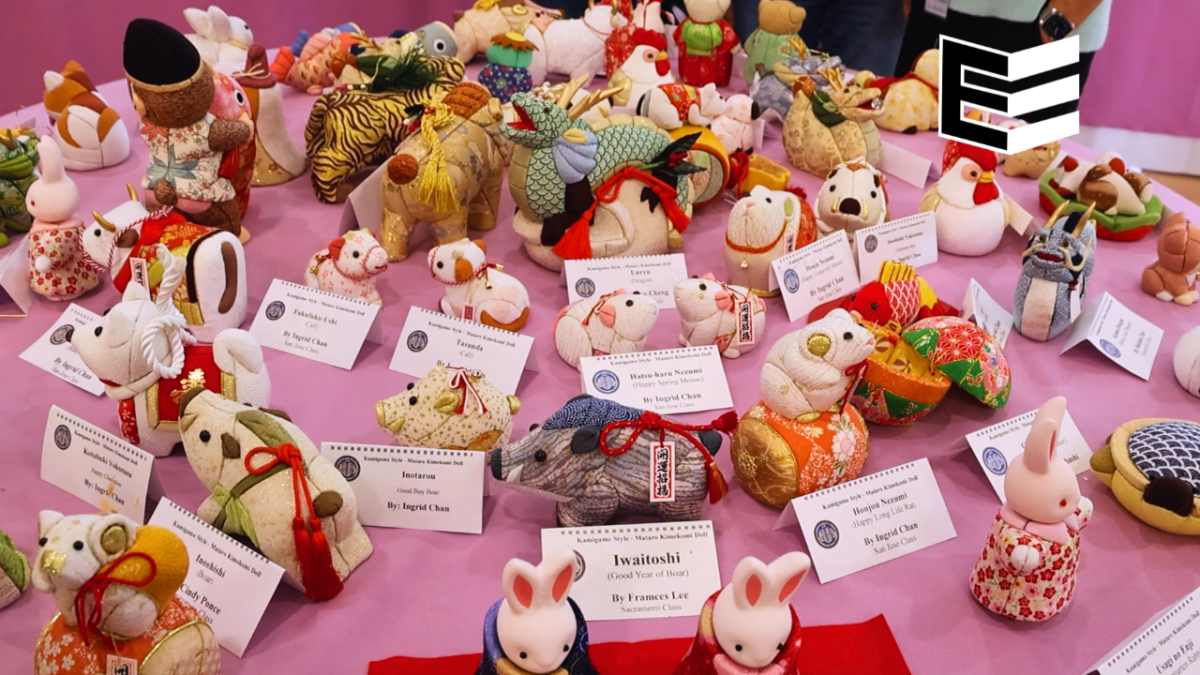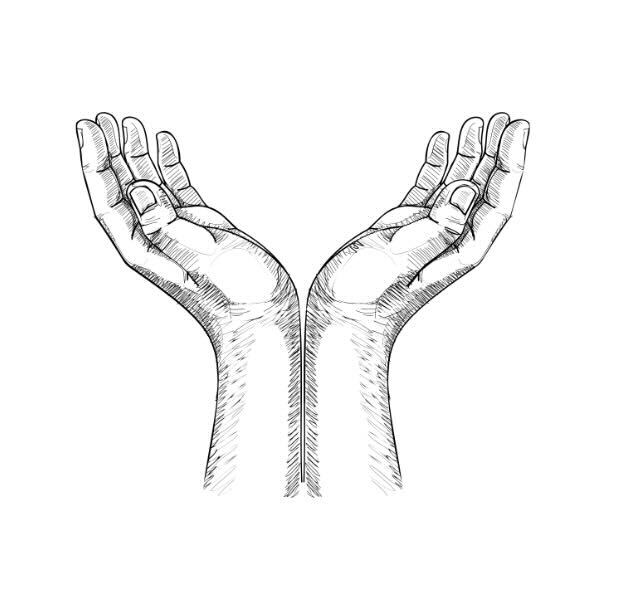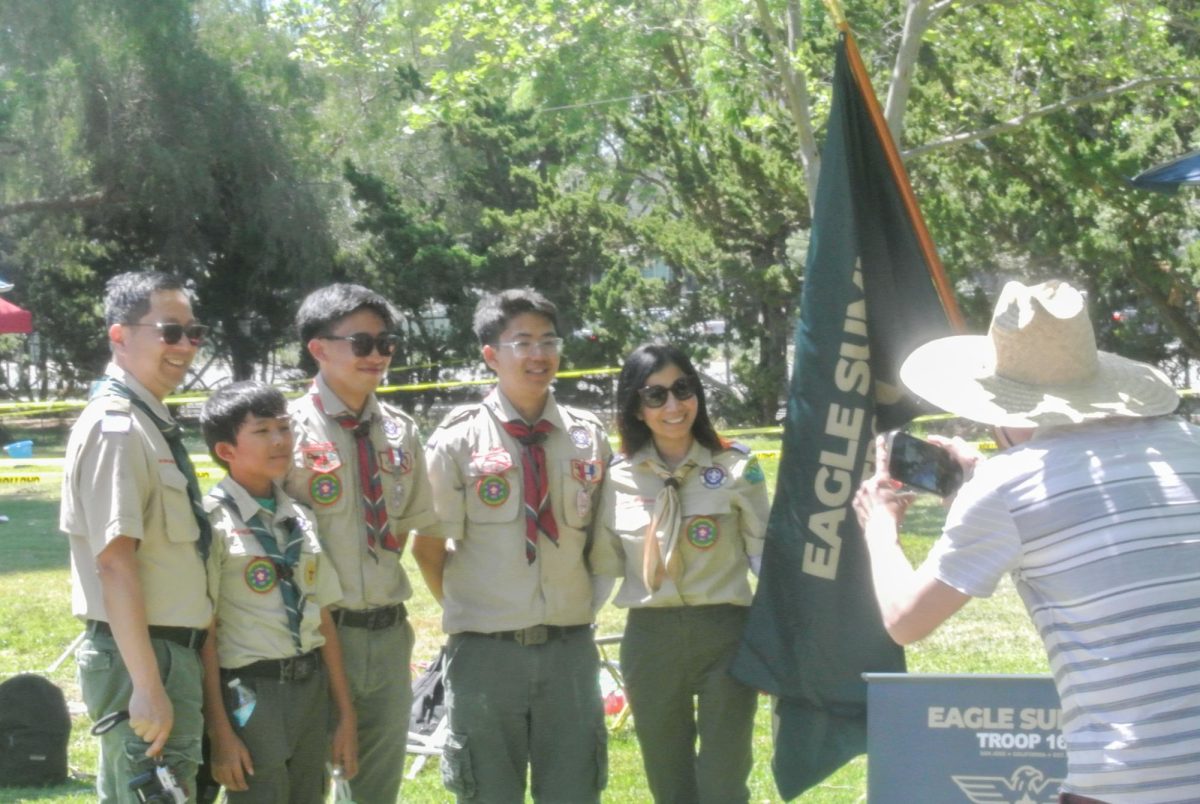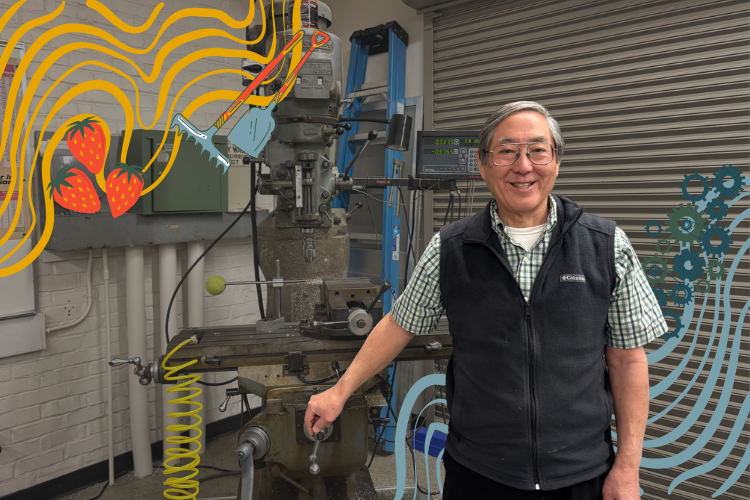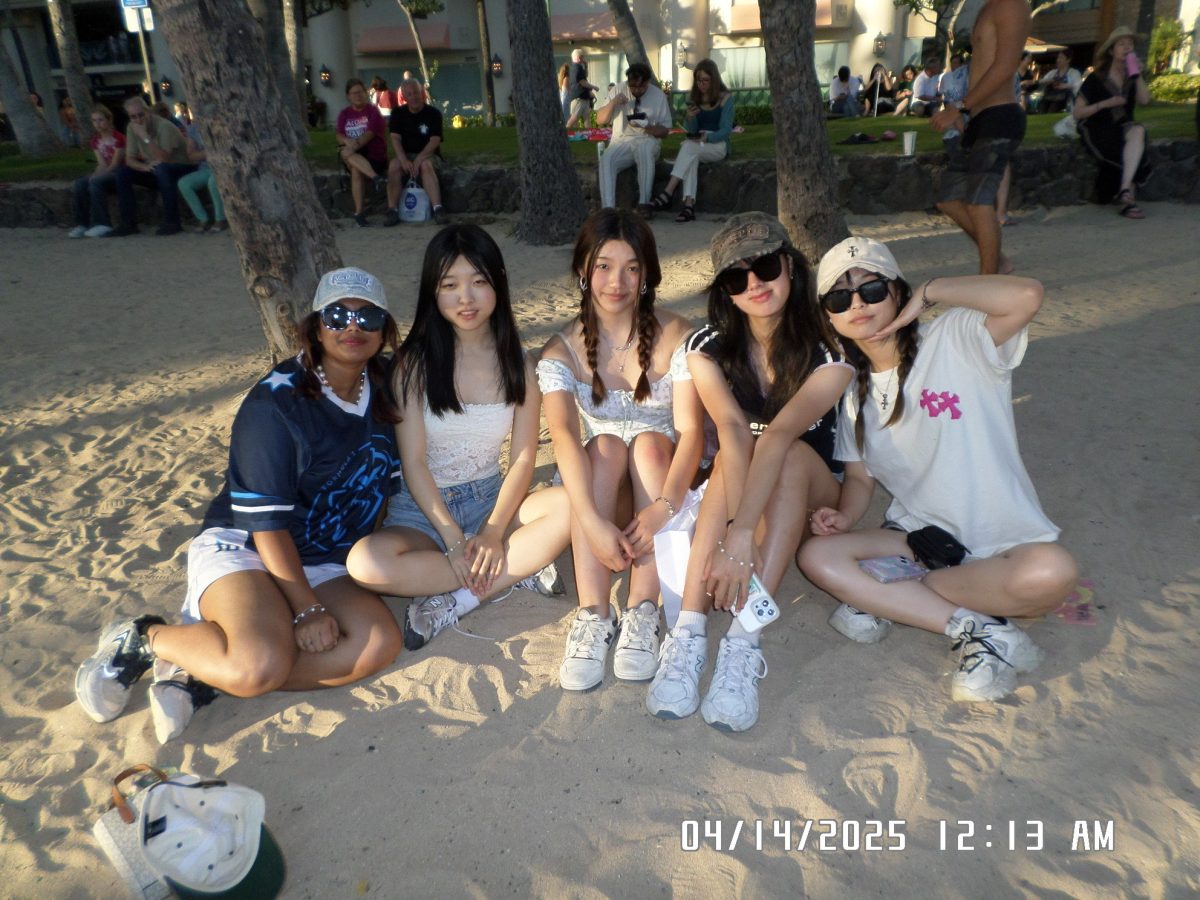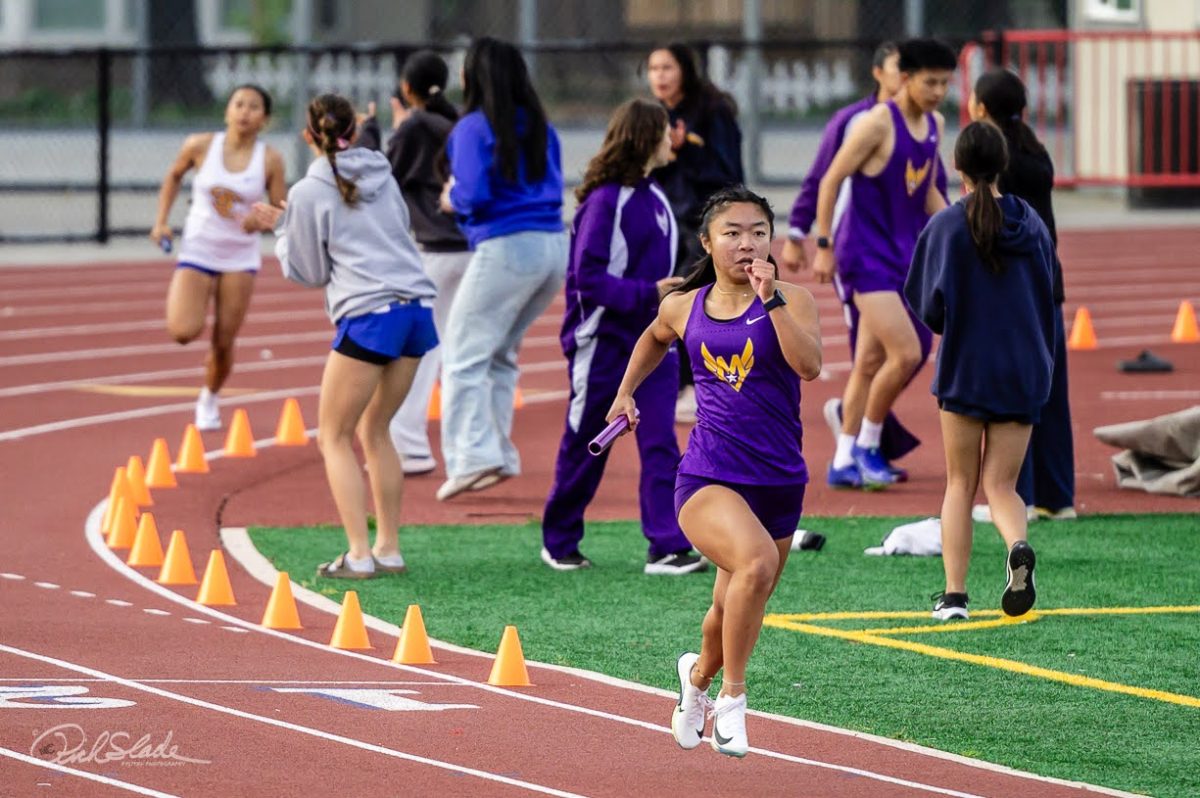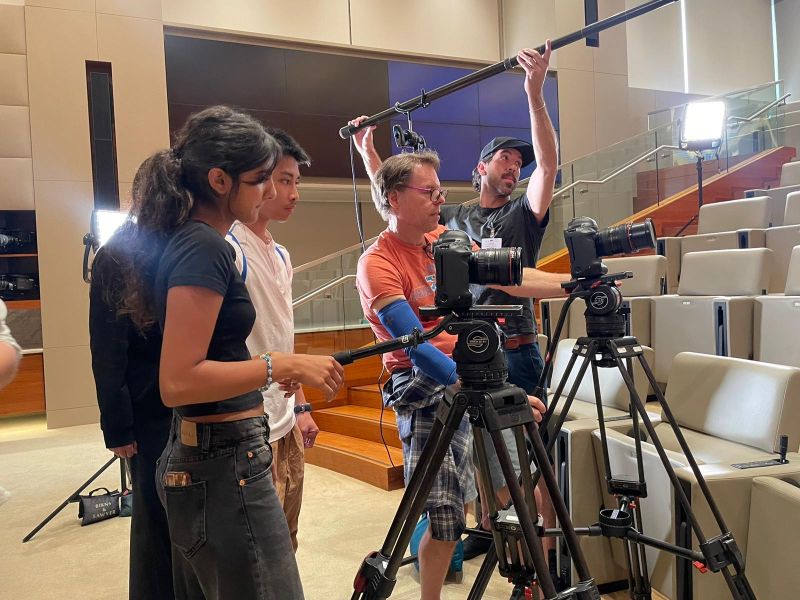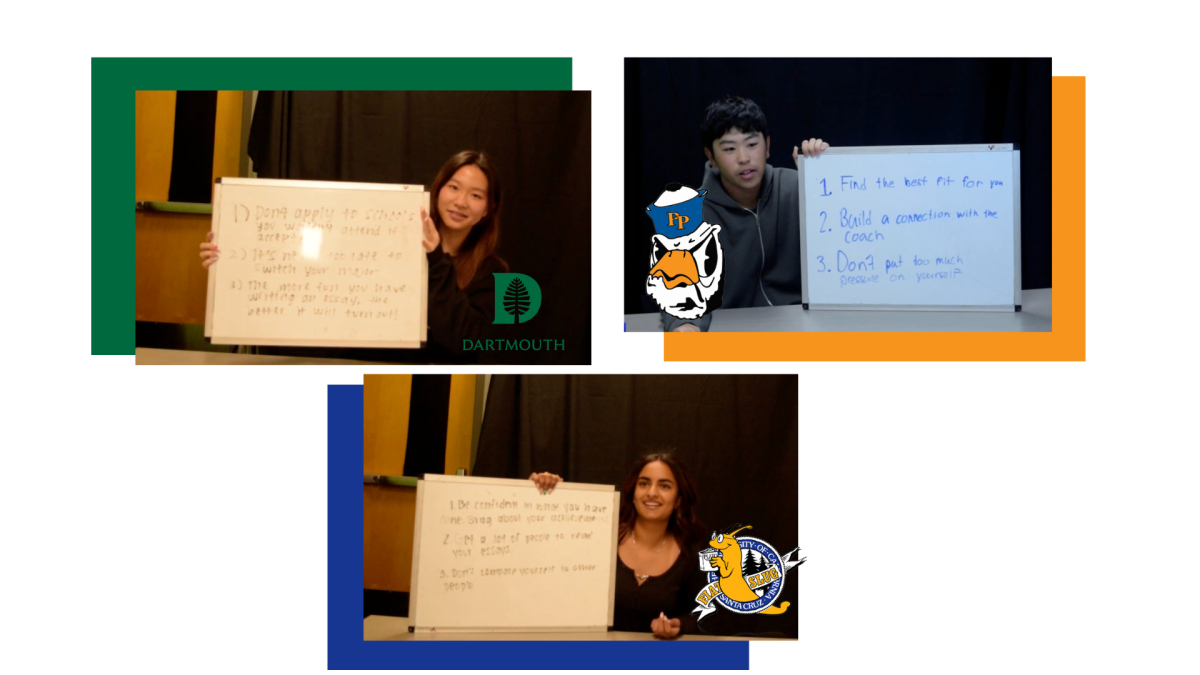LD: Hi, I’m Leah Desai.
SN: And I’m Sania Nadkarni.
LD: Today we are joined by junior Sarah Shelke to discuss her journey with her non-profit organization, Mind4Youth. Shelke recently traveled to Amsterdam to receive her Top 3 Finalist Award for the International Children’s Peace Prize.
LD: So our first question is: What is Mind4Youth and what’s the goal of the organization?
SS: So Mind4Youth is a completely youth-led nonprofit that works on making mental health resources more accessible for underserved youth, and our reach has been pretty international so far. And on top of making resources more accessible, we also have a lot of programs that have encouraged youth advocacy too, like our volunteering program, where youth can complete a final project at the end and take more local action in their communities. In terms of making resources more accessible, some ways we’ve done that is through working with other organizations like Better Help, which is an online counseling platform. Through there, we’ve been able to fund over 1800 therapy sessions for youth who can’t afford it, so that’s some of the ways we’re making it directly accessible.
SN: What first inspired you to start the organization?
SS: So I think mental health has been really close to my family. I think obviously a lot of people at Monta Vista struggle with their mental health due to academic stress and also just pressure. But I think also, with my family, my brother used to struggle with depression when he went to Monta Vista too. And so I think that was a really big thing that made me realize how big of an issue mental health is. So then later I started to, still kind of not really take action directly just yet. I started an Instagram account to spread awareness about mental health itself. But then I found how mental health resources weren’t accessible directly in a lot of underserved communities for people who couldn’t afford it. And so from there, I started to think, “How can I help in this area specifically?” And so after doing more research, I decided to start an organization, which I found was the best way to help more people through being able to create more programs and then fundraise money for them.
SN: How has the organization grown since you’ve started it?
SS: We’ve grown to, I think, 13,000 youth volunteers in about 47 countries. And then we’ve donated over about 18,000 products like educational material and hygiene products, so access to basic necessities. And so those we’ve been partnering with, shelters and underserved communities around the United States, mainly. And then we also recently donated 150 self-care kits for one of our programs in Mexico. Another part was youth participation that we’re really big on encouraging and so then with our 13,000 volunteers, we actually had them complete over 80,000 service hours. And then the last thing is that we started 29 chapters around the world.
LD: How have you seen your organization’s impact on the community?
SS: I would say one thing is definitely a lot of media, it’s kind of very specific to say, but just seeing pictures and footage of our programs taking place, and then kind of hearing back from those people directly has been one way that we’ve been able to know that our programs and initiatives are making a difference in their lives. For example, during the end of one of our heart care events, we actually had a youth who had a disability come to our volunteer event, and we were able to give him a heart care kit. And then, you know, he got really happy by it, too. And then his parents asked to take a few more for him, which was really nice, because that meant he liked it. Other than that, just from the pictures, I think you can see a lot with how they feel seeing their faces, because for me too, I’m just in the Bay Area, so I can’t see what’s really happening on the other side of the world, where our other programs are taking place. But just sometimes hearing from our volunteers and hearing direct feedback from them has been something really big.
SN: What accomplishments have you achieved with your organization so far?
SS: In terms of awards, I would say the biggest one recently has been the International Children’s Peace Prize. I was a finalist for it, and I’d say that had been one of the biggest accomplishments. I wasn’t expecting it, because, obviously, I don’t think anyone really does this type of work for an award, but I think still being recognized means a lot. And it’s not only a kind of self recognition, it also just brings more awareness to mental health itself. And so I got to go to Amsterdam and the Netherlands to meet some of the past winners.
LD: Can you talk a little bit more about your experience with the Children’s Peace Prize? How’d you find out you were nominated and what was the nomination process if you were a part of it?
SS: So I heard back from one of the adults I’ve worked with in Canada. She nominated me for the prize and then I didn’t really hear back about it until I was a top 10 candidate. And so then when I was top 10, I had to go through an interview process with a few of the people who managed the prize. And then after I passed the interview, they actually did a visit to Cupertino, my area, just to see my work in action. And then they also recorded a documentary or video on my work, which is pretty cool. And then after the top five, I just heard back a month later that I made it into the top three, and from there, I got to go to their awards ceremony in Amsterdam. It was a really cool and exciting thing, because the prize has been awarded to Malala and Greta Thunberg. So I think that meant a lot, just its prestige in general. And then when I was in Amsterdam too, I got to meet people like the US ambassador in the Netherlands. I was able to really enjoy the trip, not just being able to explore Amsterdam, of course, but being able to connect with the other advocates and change makers who did their work, also from a very young age. I think it was very inspiring and kind of motivating for myself to hear from their backstories. That just really motivated me coming back from the trip to “I should really continue what I’m doing and put my all into it.”
LD: So how do you balance Mind4Youth with your school life?
SS: After school, I usually do spend a couple of hours working on Mind4Youth. It’s kind of bad, but my schoolwork does come second sometimes. Sometimes I will be missing school to attend volunteer sessions in San Francisco and in California around that. So recently we went to this organization called Project Glimmer. I did have to take a day off from school, but I think at the end of the day, it paid off, because we were able to get over 1000 donations from them. So I think it has been hard managing both at the same time, but sometimes I do kind of prioritize one over the other when I need to.
LD: So what’s your advice for other Monta Vista students who want to create an impact in their community like you did?
SS: I would say dedication is one of the biggest pieces of advice I can give. I think for Mind4Youth, for me it definitely took a lot of hours to make it as big as it did, but sometimes it doesn’t even have to be as large of an initiative like this, even smaller organizations. If you want to do something more locally, that’s totally fine, and I think it makes a really big impact for those people, too. And so either way, regardless of what you end up doing within your advocacy, as long as it’s something you’re dedicated to and genuinely passionate about, I think that’s what makes it impactful and it changes the people’s lives that you’re trying to help.
SN: Thank you to Sarah for joining us today to discuss her experiences with Mind4Youth. To learn more about the organization, you can visit mind4youth.com.
Music from StudioKolomna under the Pixabay Content License




